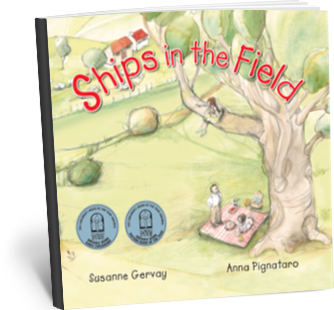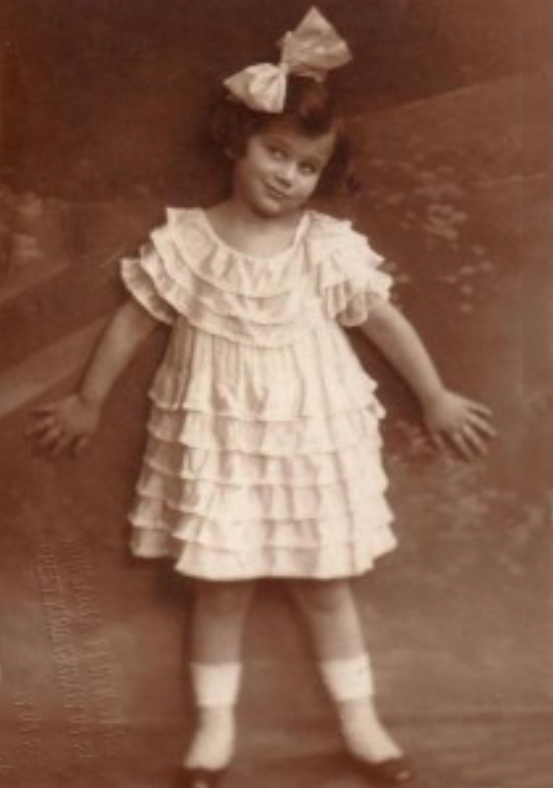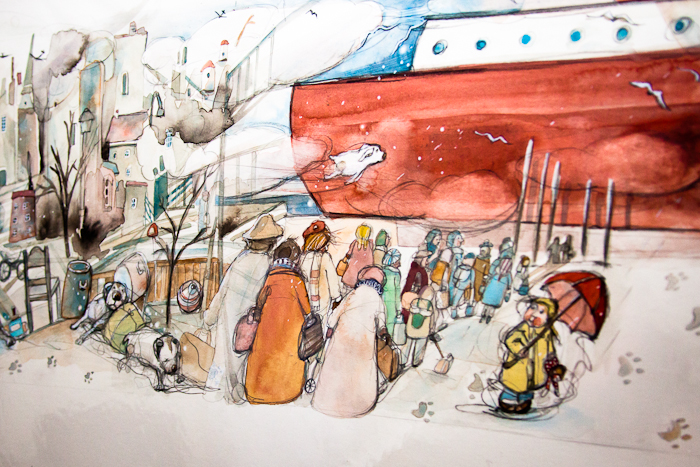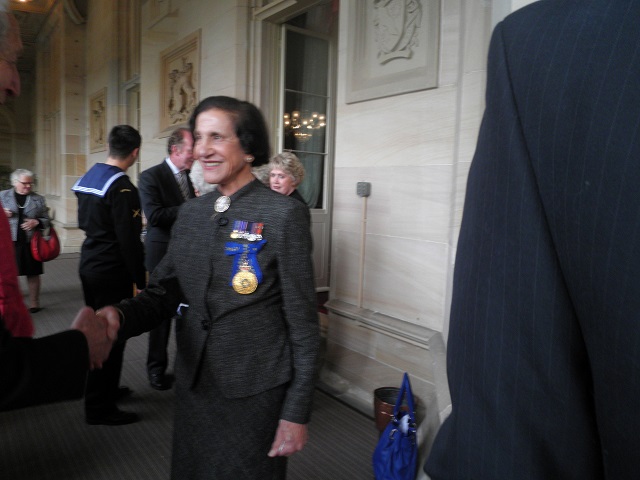Ships In The Fields – Reviewed by Jenny Mounfield – Good Reads
With issues of immigration featuring heavily in news headlines over the past year, the release of this title couldn’t be more timely. Ships in the Field concerns one family’s experience of migration as seen through the eyes of a child. Forced from their homeland by war, the unnamed child and her parents embrace a new life in Australia. Once a farmer, Papa now works in a factory, while Ma, a teacher, takes in sewing. Despite the horror of the past and the unknown future ahead, this family is a joyful one—though something is still missing for our child narrator.
In these two heart-felt sentences, Gervay captures the child’s perspective beautifully:
“Papa grew up in a village in the old country, before it was broken.
Ma grew up in a city in the old country, before it was broken.”
By using deceptively subtle wording and misdirection, Gervay expertly conveys the war that still haunts this family as a powerful presence underpinning their outwardly happy lives. But so, too, the hope felt, particularly by the narrator, is just as potent, creating a satisfying emotional contrast that culminates on a high note when the child’s heart’s desire is realised on the final page.
The title of this book is significant for it highlights what is perhaps the most obvious point of difference between us: language and the way in which we use it.
‘Look at the ships in the field,’ Papa says.
Brownie and I giggle. ‘Papa, you mean sheep.’
‘Yes, the ships.’ Papa wiggles his moustache.
Pignataro’s watercolour illustrations reflect Gervay’s humour. Smiles abound on almost every page, and the child-like style, simplistic and colourful, adds a sense of levity to what, in a different artist’s hands, could have been a much darker story.
This is a book that needs to be read more than once. Many of the layers weren’t immediately evident on my first read-through. The shadow of war haunting the family is only mentioned in two lines of dialogue between the child and her toy, Brownie, yet its positioning after scenes of family frivolity is stark. This added to Ma’s crying behind closed doors and the narrator’s fear of night delivers an impact that more graphic depiction could not. It is obvious that author and illustrator have worked hard to get the balance between darkness and light just right. While at first glance this is a deceptively simple story, it soon becomes apparent this balancing act was no easy feat. Hope is very much the prominent theme, but it is only visible because of the darkness behind it. Too much darkness and the light would be snuffed out.
Ships in the Field is a book that will never date. It’s a story that will be every bit as relevant fifty years from now as it was fifty years ago. A must-have for every classroom.




